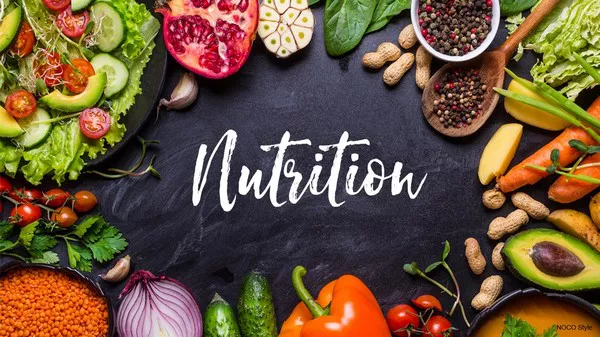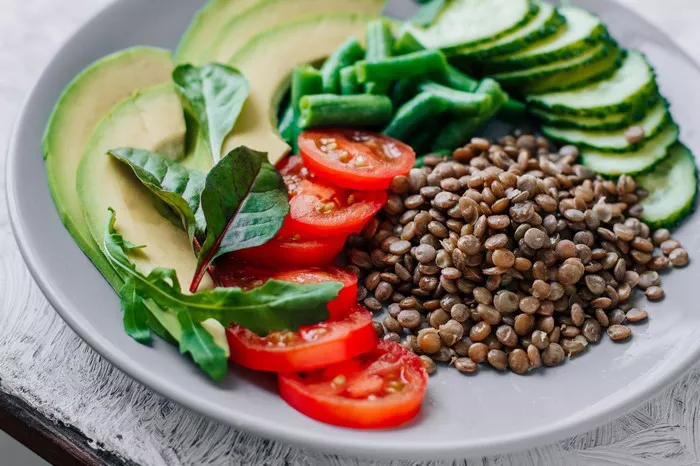Onion intolerance is a condition characterized by difficulty digesting certain components of onions, primarily fructans. It’s important to differentiate onion intolerance from an onion allergy, as they involve different mechanisms within the body. While an allergy triggers an immune system response, intolerance primarily affects the digestive system’s ability to process specific substances.
Difference from Allergy
An onion allergy involves the body’s immune system recognizing onion proteins as harmful, leading to the release of histamines and other chemicals that cause allergic reactions. These reactions can range from mild itching or hives to severe anaphylaxis, a life-threatening condition. In contrast, onion intolerance does not involve the immune system; instead, it relates to difficulties in digesting certain components of onions, particularly fructans.
Fructan Intolerance
Fructans are a type of carbohydrate found in onions and other foods like wheat, garlic, and certain fruits and vegetables. For individuals with fructan intolerance, these carbohydrates can ferment in the gut, leading to various digestive symptoms. Fructans are known to be a common trigger for onion intolerance symptoms.
Symptoms of Onion Intolerance
Individuals with onion intolerance may experience a range of symptoms, primarily affecting the digestive system but also potentially impacting other areas of the body.
Digestive Symptoms
Common digestive symptoms associated with onion intolerance include:
Bloating: Feeling of fullness and discomfort due to gas accumulation in the digestive tract.
Gas: Excessive flatulence or belching.
Abdominal pain: Cramping or discomfort in the stomach or abdominal area.
Nausea: Feeling of queasiness or an urge to vomit.
Diarrhea: Loose or watery stools, often accompanied by urgency and frequent bowel movements.
Constipation: Difficulty passing stools or infrequent bowel movements.
These symptoms typically occur within hours of consuming onions or foods containing onions.
Skin Reactions
In some individuals, onion intolerance may manifest as skin reactions, including:
Itching: Unpleasant sensation that triggers the desire to scratch the skin.
Hives: Raised, red welts on the skin that may be itchy or painful.
Eczema flare-ups: Exacerbation of existing eczema symptoms, such as redness, inflammation, and itching.
Skin reactions may occur shortly after consuming onions or may develop over time with repeated exposure.
Respiratory Symptoms
While less common, onion intolerance can also lead to respiratory symptoms in sensitive individuals, such as:
Runny nose: Excessive nasal discharge, often accompanied by sneezing.
Congestion: Blocked or stuffy nasal passages.
Wheezing: High-pitched whistling sound produced during breathing, indicative of narrowed airways.
These symptoms may occur alongside or independently of digestive symptoms and typically arise in individuals with heightened sensitivity to onions.
Other Symptoms
In addition to digestive, skin, and respiratory symptoms, onion intolerance may occasionally present with other manifestations, including:
Headaches: Dull or throbbing pain in the head, often accompanied by sensitivity to light or noise.
Fatigue: Persistent tiredness or lack of energy, even after adequate rest.
Irritability: Increased irritability or moodiness, potentially due to discomfort or disrupted sleep caused by other symptoms.
These less common symptoms may vary in severity and frequency among individuals with onion intolerance.
Diagnosis and Management
Diagnosing onion intolerance typically involves a combination of self-monitoring, dietary changes, and medical evaluation.
Elimination Diet
An elimination diet is often used to identify trigger foods and confirm onion intolerance. During an elimination diet, individuals remove onions and other potential trigger foods from their diet for a period of time, typically two to four weeks, while monitoring symptoms. If symptoms improve during this period and return upon reintroducing onions, it suggests onion intolerance.
Food Diary
Keeping a food diary can aid in identifying patterns between onion consumption and symptom onset. Recording details such as the type and quantity of onions consumed, as well as any associated symptoms, helps individuals track their reactions to onions and other foods.
Seeking Medical Advice
Individuals with persistent or severe symptoms suggestive of onion intolerance should seek medical advice for proper evaluation and diagnosis. A healthcare professional, such as a gastroenterologist or allergist, can conduct tests, such as breath tests for fructan intolerance, and provide personalized recommendations for managing symptoms.
Managing Onion Intolerance
Managing onion intolerance involves avoiding onions and foods containing onions while adopting strategies to minimize symptom occurrence.
Avoiding Onions
The cornerstone of managing onion intolerance is to eliminate onions and onion-containing foods from the diet. This includes raw onions, cooked onions, onion powder, and onion-based condiments and sauces. It’s essential to read food labels carefully, as onions may be present in unexpected products, such as soups, sauces, and salad dressings.
Reading Food Labels
To avoid hidden sources of onions or onion derivatives, individuals with onion intolerance should scrutinize food labels for ingredients like onion extract, onion powder, dehydrated onions, and onion flavoring. Additionally, they should be cautious when dining out or consuming packaged foods, as onions may be used as flavor enhancers or additives.
Low-FODMAP Diet
Some individuals with fructan intolerance, including onion intolerance, may benefit from following a low-FODMAP diet under the guidance of a healthcare professional. FODMAPs (fermentable oligosaccharides, disaccharides, monosaccharides, and polyols) are carbohydrates that ferment in the gut, causing digestive symptoms in susceptible individuals. By limiting high-FODMAP foods, including onions, individuals can reduce symptom severity and frequency.
Alternatives to Onions
While eliminating onions from the diet may seem daunting, there are plenty of flavorful alternatives available. Garlic, chives, scallions, and leeks offer similar aromatic qualities without the high fructan content of onions. Experimenting with herbs and spices like basil, thyme, and oregano can also enhance the flavor of dishes without relying on onions.
In conclusion, onion intolerance is a condition characterized by difficulty digesting certain components of onions, particularly fructans. It differs from an onion allergy in that it does not involve the immune system. Symptoms of onion intolerance primarily affect the digestive system but may also manifest as skin or respiratory reactions, as well as other less common symptoms like headaches and fatigue. Diagnosis involves self-monitoring, dietary changes, and medical evaluation, while management focuses on avoiding onions, reading food labels, and exploring alternative flavoring options. With proper management, individuals with onion intolerance can effectively minimize symptoms and improve their quality of life.
[inline_related_posts title=”You Might Be Interested In” title_align=”left” style=”list” number=”6″ align=”none” ids=”6902,6899,6974″ by=”categories” orderby=”rand” order=”DESC” hide_thumb=”no” thumb_right=”no” views=”no” date=”yes” grid_columns=”2″ post_type=”” tax=””]

































